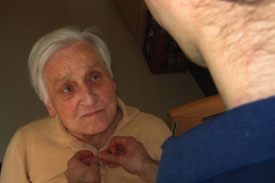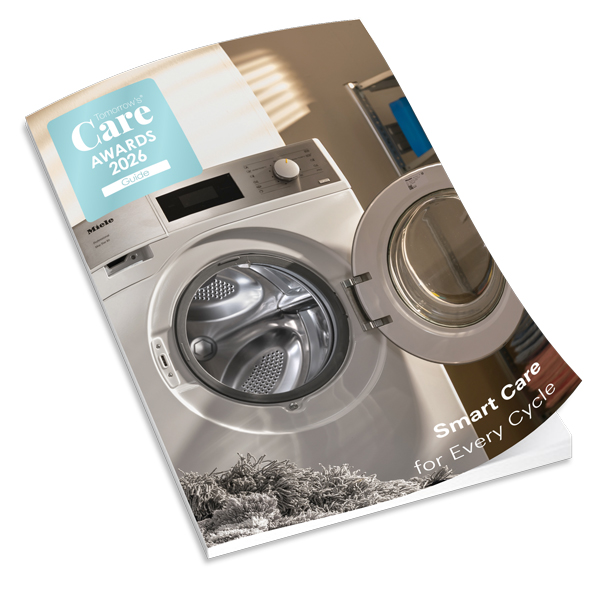A CQC report has found that care for people with complex needs can often become fragmented during periods of transition.
The Building Bridges, Breaking Barriers report reveals that despite widespread commitment to the delivery of integrated care, local leaders, such as directors of adult social services, health and commissioning managers, appeared to lack the knowledge about how to put it into practice.
The report also showed that a lack of connection between services often results in older people ‘falling through the gaps’ and only being identified in a crisis, with their families or carers having to navigate local services.
With the number of people aged 65 and over in the UK set to rise by 40% in the next 17 years to nearly 17 million the CQC have urged local services across the UK to act now, to reduce hospital admissions and avoid confusion about where to go for help.
The review found that those with the most complex needs, typically the elderly population, who are using a range of services will often say they are satisfied with individual providers but when they move between different services, their care can become patchy and adversely impact the quality of their care.
CQC inspectors gathered evidence from a range of sources and inspected services within eight areas across England to look for examples of effectively coordinated care and to identify barriers which prevent care from working well.
Older people typically have the most complex needs and so tend to receive care from more than one service, across multiple locations; for example from an acute trust, a community trust, a GP, and a home care provider.
As the population grows, the CQC report said, providers of health and social care need to find more efficient ways of delivering care and reducing costs.
Communication between staff and information sharing across different services is identified as a key area for improvement in the report in order to avoid disjointed provision.
The CQC heralded the Care Navigation Service that CQC identified in Camden CCG, provided by Age UK Camden which supports patients in accessing voluntary and community services that help them to self-manage their conditions, as well as supporting vulnerable people to get the right health and social care to meet their needs.
The report also found, across the services they inspected that a lack of integration was often related to a lack of supported collaboration, and identified that organisational barriers that make it difficult for services to identify older people at risk of deterioration or unplanned hospital admission in a timely manner.
Inconsistent and short term initiatives reliant on partial or temporary funding were also recognised as a reason for patchy, fragmented provision, as was a lack of proper monitoring and evaluation.
CQC’s Chief Executive, David Behan said: "Older people who use health and care services tell us that they want their services to be joined up and work together.
"This study found examples of effective integrated care but these small steps need to become significant strides to move joined-up services into the mainstream. Everyone deserves seamless quality care, regardless of how many services are involved in delivering it and regardless of how complex your needs are.
"Local leaders should build on the opportunities offered by initiatives such as the new care models vanguard programme to deliver joined up care."
The report recommends that local health and social care leaders should agree a shared understanding and definition of what integrated care means for their communities and then work towards delivering this.
It also urges NHS England and the Association of Directors of Social Services (Adass) to develop an agreed methodology at a national and local level across health and social care to identify people at risk of admission to secondary care or deterioration, underpinned by a clear data set.
Older people should also be meaningfully involved in making informed decisions about their care – in particular about the outcomes that are important to them, the report says.




















